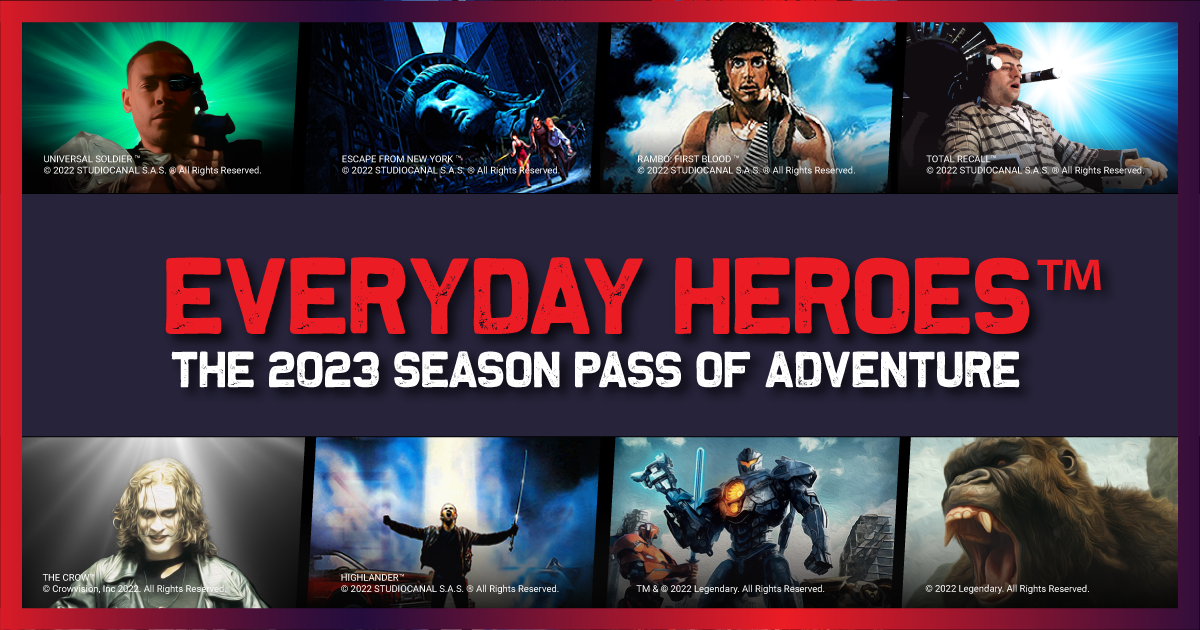Evil Genius Productions is rebooting 2002's d20 Modern in the form of a tabletop RPG called Everyday Heroes based on the 5E ruleset.
The game includes 6 new classes (the Strong Hero, the Smart Hero, etc., inspired directly by the classes in d20 Modern), 18 subclasses (such as Marksman, Scientist, Commando), along with a ton of backgrounds, feats, and firearms and chase rules.

The team includes some of the original d20 Modern designers -- the company says:
The team includes Jeff Grubb, Stan!, and Steve Miller (formerly of WotC).
Everyday Heroes is coming to Kickstarter in Spring.


Our first tabletop role-playing game is Everyday Heroes™ - a roleplaying universe set in the modern era. Inspired by D20 Modern, Everyday Heroes™ provides a complete rulebook on running campaigns in the current day or the near future. The book covers everything you will need to run a modern-day campaign. This includes modern new character classes that fit within the modern-day theme. It also includes professions (e.g., Fireman, CIA operative, Chef) and backgrounds (e.g., rich kid, military brat, gang member) to help flesh out your character. firearms and equipment, modern adversaries, and revised rules on car and foot chases.
The game includes 6 new classes (the Strong Hero, the Smart Hero, etc., inspired directly by the classes in d20 Modern), 18 subclasses (such as Marksman, Scientist, Commando), along with a ton of backgrounds, feats, and firearms and chase rules.
The team includes some of the original d20 Modern designers -- the company says:
"The core elements of Everyday Heroes™ are based on the Open Gaming License (OGL) for d20 Modern. Released in the 2002. d20 Modern was the first role-playing game set in the modern era. The core rulebook was quickly followed up by a series of expansions including d20 Future, d20 Past, and d20 Apocalypse. The rules were expanded with a series of sourcebooks including Urban Arcana, Weapons Locker, Menace Manual, and Future Tech. Have you ever written something and read it again a few years later? You might say to yourself. 'Man, I would have probably done that differently.' Well, there is no coincidence that many of the designers of Everyday Heroes™ are the same designers who created d20 Modern. This is their shot to take the work that they love and make it even better."
The team includes Jeff Grubb, Stan!, and Steve Miller (formerly of WotC).
Everyday Heroes is coming to Kickstarter in Spring.

Evil Genius Games
Evil Genius Productions creates tabletop roleplaying and board games. Everyday Heroes™, based on d20 Modern, is a 5e TTRPG for the modern world. Officially licensed games for The Crow, Pacific Rim, Kong Skull Island, Highlander, Universal Soldier, Total Recall, Rambo, and Escape From New York.
www.evilgeniusgaming.com




